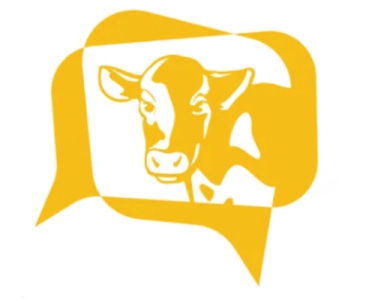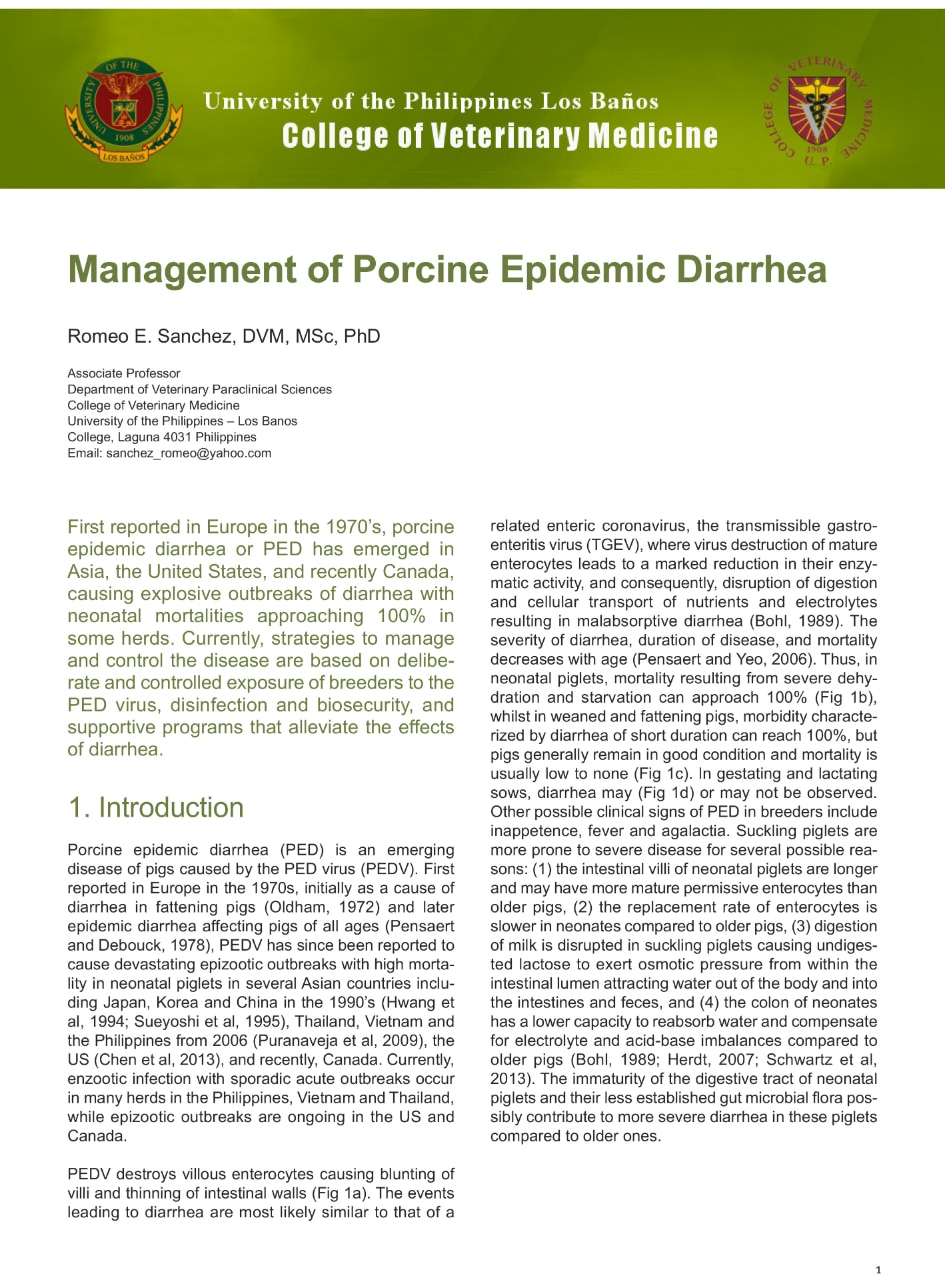Bannerman, D.D., A.C.W. Kauf, M.J. Paape, H.R. Springer, and J.P. Goff. 2008. Comparison of Holstein and Jersey innate immune responses to Escherichia coli intramammary infection. J. Dairy Sci. 91:2225-2235.
Burvenich, C., V. van Merris, J. Mehrzad, A. Diez-Fraile, and L. Duchateau. 2003. Severity of E. coli mastitis is mainly determined by cow factors. Vet. Res. 34:521-564.
Bradley, A.J., and M.J. Green. 2004. The importance of the nonlactating period in the epidemiology of intramammary infection and strategies for prevention. Vet. Clin. Food Anim. 20: 547-568.
Harmon, R.J. 1994. Physiology of mastitis and factors affecting somatic cell counts. J. Dairy Sci. 77:2103-2112.
Hogan, J.S. and K.L. Smith. 2003. Coliform mastitis. Vet. Res. 34:507-519.
Hogan, J.S., K.L. Smith, K.H. Hoblet, P.S. Schoenberger, D.A. Todhunter, W.D. Hueston, D.E. Pritchard, G.L. Bowman, L.E. Heider, B.L. Brockett, and H.R. Conrad. 1989. Field survey of mastitis in low somatic cell count herds. J. Dairy Sci. 72:1547-1556.
Hogan, J.S., K.L. Smith, D.A. Todhunter, and P.S. Schoenberger. 1992a. Field trial to determine the efficacy of an Escherichia coli J5 mastitis vaccine. J. Dairy Sci. 75:78-84.
Hogan, J.S., W.P. Weiss, D.A. Todhunter, K.L. Smith, and P.S. Schoenberger. 1992b. Efficacy of an Escherichia coli J5 mastitis vaccine in an experimental challenge. J. Dairy Sci. 75:415-422.








